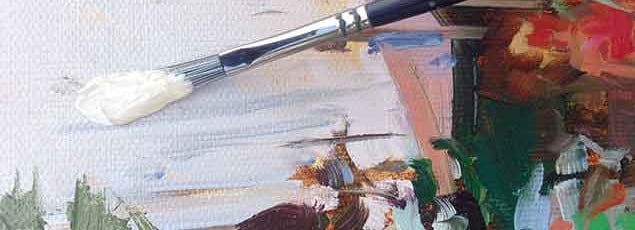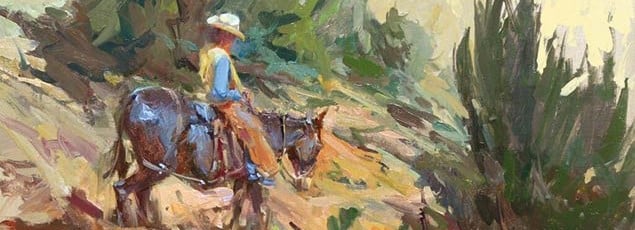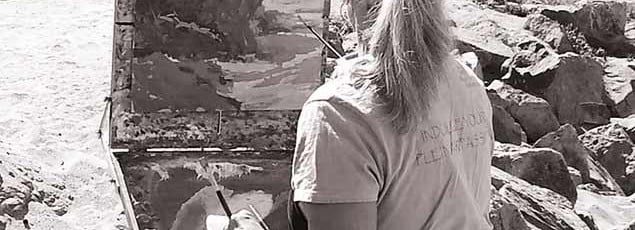Putnam is an award-winning, professional artist working both in the studio and outdoors. Lori captures the character of a person, the uniqueness of a place, the colour of time, and the relationship of things.
A few years ago, I was encouraged by a great painter friend to try Rosemary’s Brushes. He said it would make a huge difference in my work.
At that time, I was using bristle filberts almost exclusively for every brush stroke. What happens when you do that, is that every shape tends to look exactly the same. As I began trying different shapes and hairs, I noticed how much more intentional each brush stroke could look, even if it was placed with fearless bravura. The light went off in my head! I had basically been turning eggs with a pitch fork all those years. Why not use the right tool for the job? Of course, sometimes that means still using a bristle filbert, but only when it is appropriate.
The more comfortable I became with the different brush shapes and the feel of the different hair types, the more fun I started having. Another thing happened. People began telling me that my work had really changed and for the better.
Over time I have grown to love many different brushes from Rosemary, but the ivory egberts are my favourites, and are the ones I cannot do without. When I use them with thinned paints and hold the brush parallel to the painting surface, my hand mimics that of an orchestra conductor, making a variety of legato and staccato notes (–), a sort of Morse Code of calligraphic dots and dashes. It is very free and expressive in that way.
I like to use the larger sizes particularly when laying in big washes underneath organic shapes like flowers, leaves, and grasses. Also with the thin paint, I can get a very controlled tree branch by pressing a little harder on the brush at first, twisting and turning, and lightening my hand toward the end. With heavy-loaded thicker paint, and with the brush at about 45º from the painting, I can push in with the flatter side of the brush near the ferrule and pull and release as I move the brush upward, making broader shapes like large clumps of grasses and leaves. Egberts can also pull almost to a perfect point when I need to swiftly cut back in to a large mass with reverse shapes such as the negative spaces in between tree branches, palm trees, or fence lines. Try loading them and varying your touch from heavy to light and back again to carve out the heads and legs of people in a crowded street scene.
Images courtesy of Lori Putnam.
See more of Lori’s work at: www.loriputnam.com



